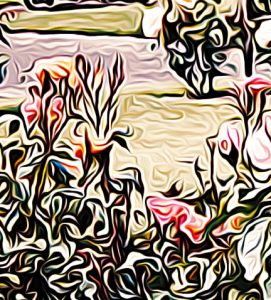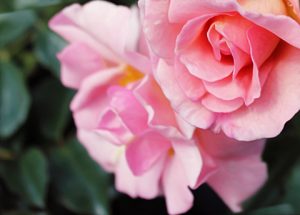 People have many different hobbies and interests. Some enjoy painting, while others enjoy lifting weights. Still more enjoy reading, while others prefer to watch television.
People have many different hobbies and interests. Some enjoy painting, while others enjoy lifting weights. Still more enjoy reading, while others prefer to watch television.
As for me, I have a few unique hobbies of my own. I belong to a gardening club. But it’s not your average gardening club – to be totally candid with you, it’s a front for a magic apothecary. We even have a website now, where people can buy rare flower seeds online, and things like that. But most of the time customers come to our brick and mortar store because that way their business isn’t recorded. They can pay in cash, or secrets. In return, they’ll get plants that do all kinds of brilliant things.
Most people nowadays aren’t aware of just how much influence humans have had on the plants within our ecosystem. Routine genetic modification means that the apples and bananas we eat today are not the ones that grew in the wild two centuries ago. The same is true for lesser known plants, including decorative ones, like roses. Have you ever seen those vibrant, beautiful colours that appear on the petals of hybrid tea roses? Or just how adept climbing roses are at actually climbing?
That’s because decades ago, a few humans sat down and selected the plants that displayed desirable traits, and then took the time to plant them and cultivate them until they became the dominant traits of that plant’s entire species. Sometimes, they even became a new species of plant altogether. And while there is certainly merit in modifying plants to give us a greater amount of fruit and less seeds, or to make them more disease resistant, very few people are aware that there is often an equal – if not greater – merit in the original traits of each plant. Because whether you are looking at roses, or daffodils, or lilies, the truth is that they all have the potential to become magical. And at my apothecary, I unlock this magic.

 At what point does an idea cross into the uncanny? I’m not really creative in that way, but I can tell that this isn’t going to end well. My son Mark recently won a garden design competition, and I’m really happy for him, but now he gets to decide what kind of landscaping he wants as a reward. Some guys are coming from Melbourne to sort our landscaping needs, and plant any trees we want. Great, fine, but the theme my son has chosen? Humans. Everything has to be shaped like humans.
At what point does an idea cross into the uncanny? I’m not really creative in that way, but I can tell that this isn’t going to end well. My son Mark recently won a garden design competition, and I’m really happy for him, but now he gets to decide what kind of landscaping he wants as a reward. Some guys are coming from Melbourne to sort our landscaping needs, and plant any trees we want. Great, fine, but the theme my son has chosen? Humans. Everything has to be shaped like humans.